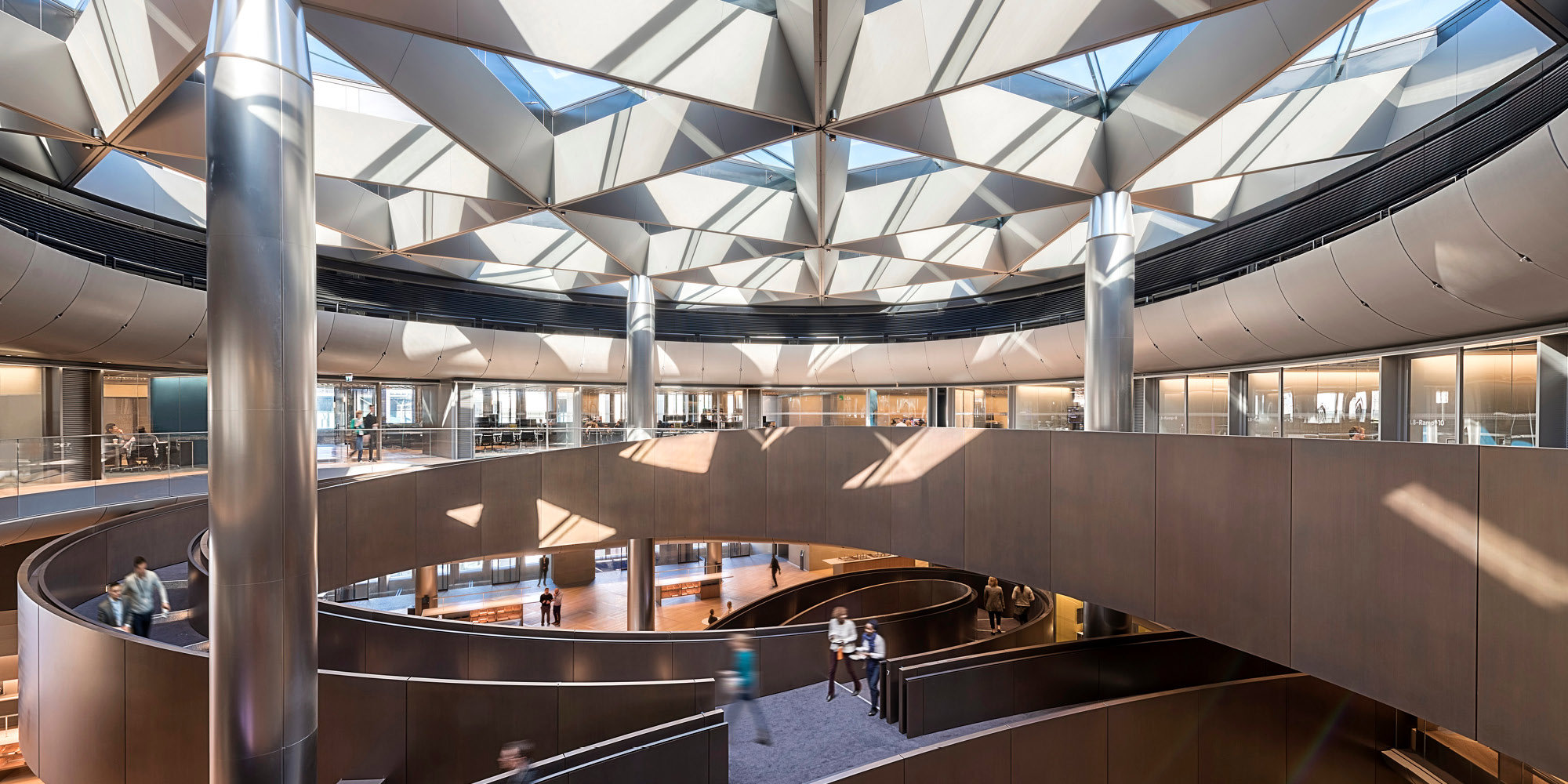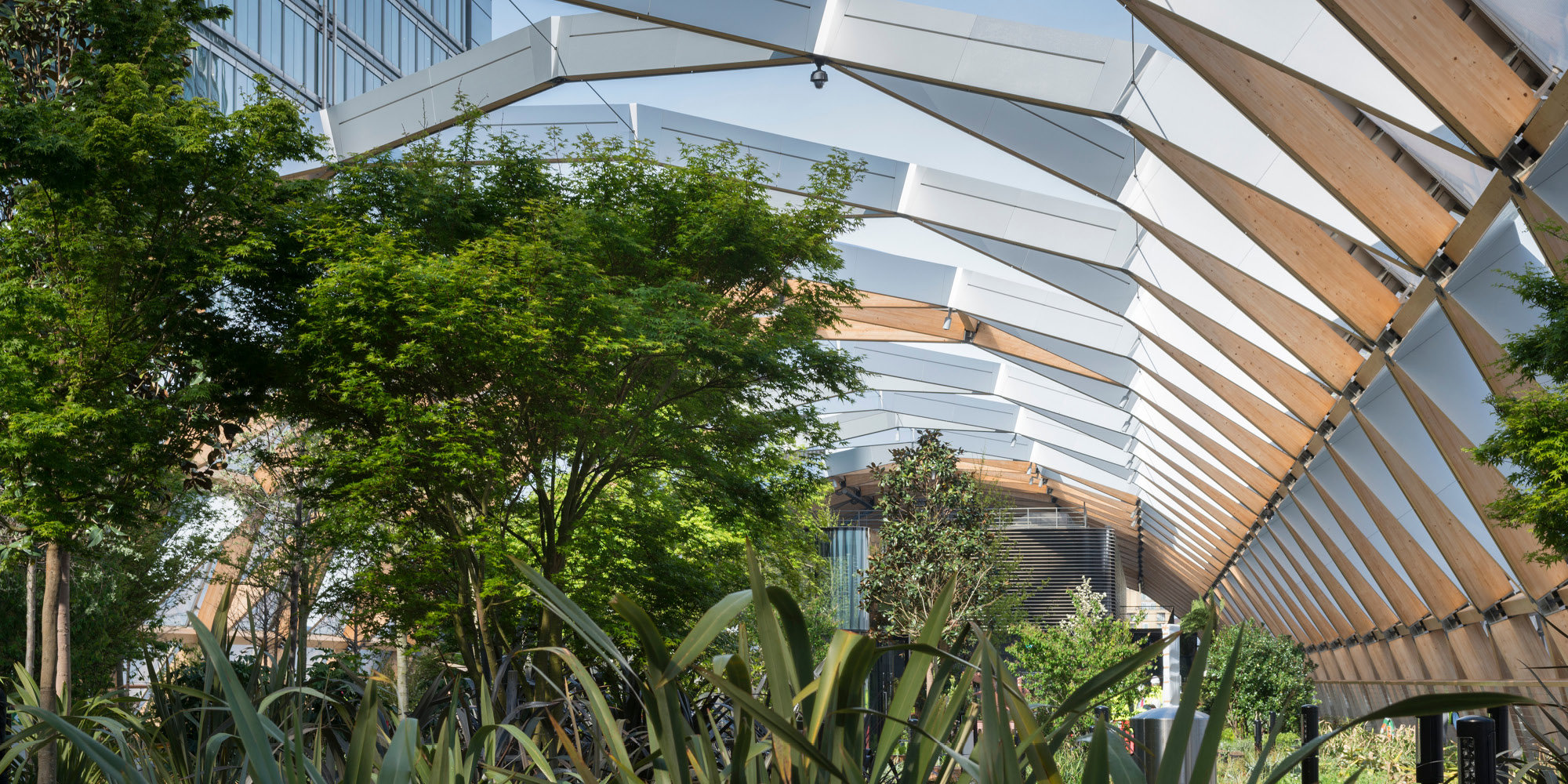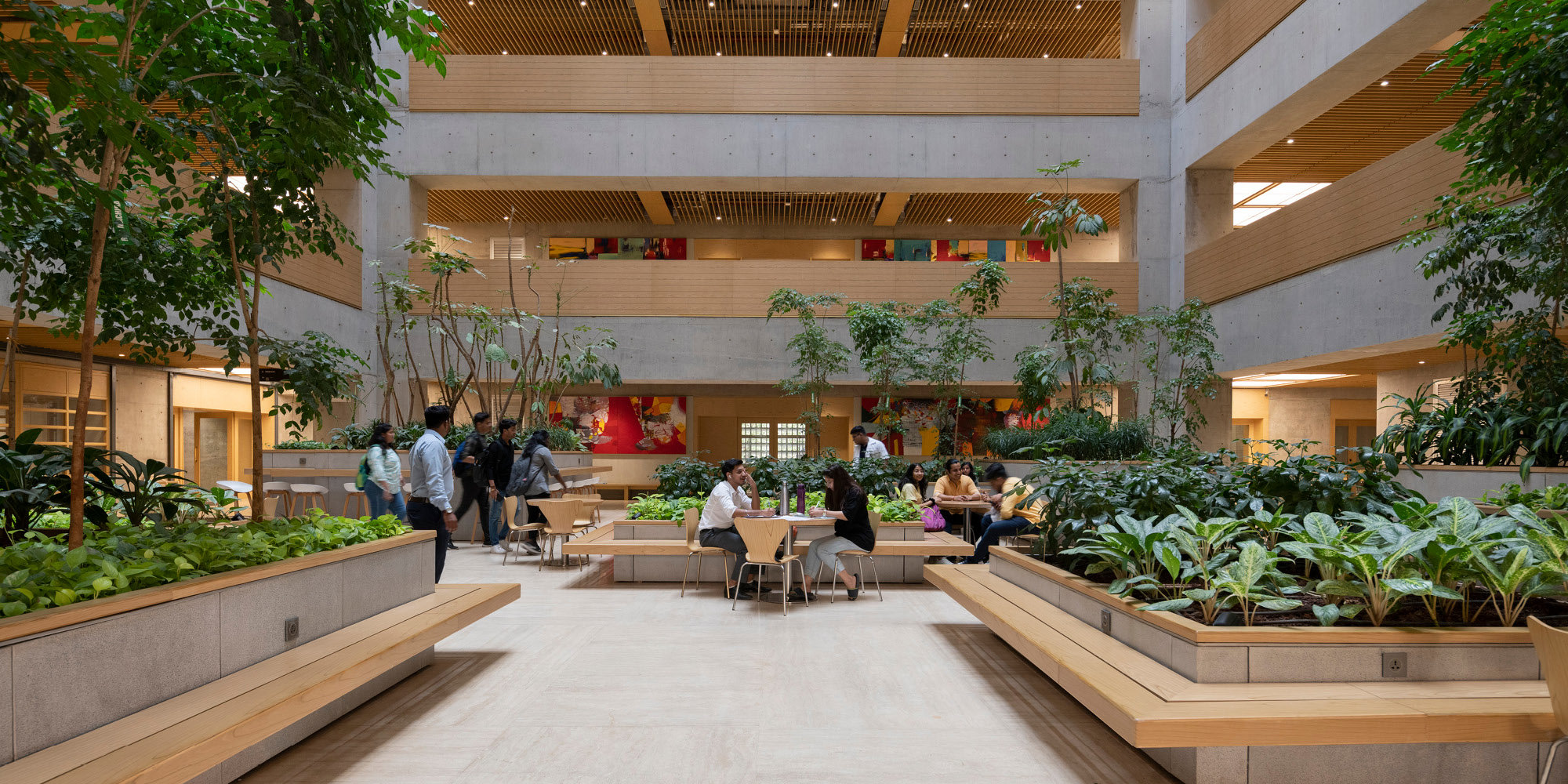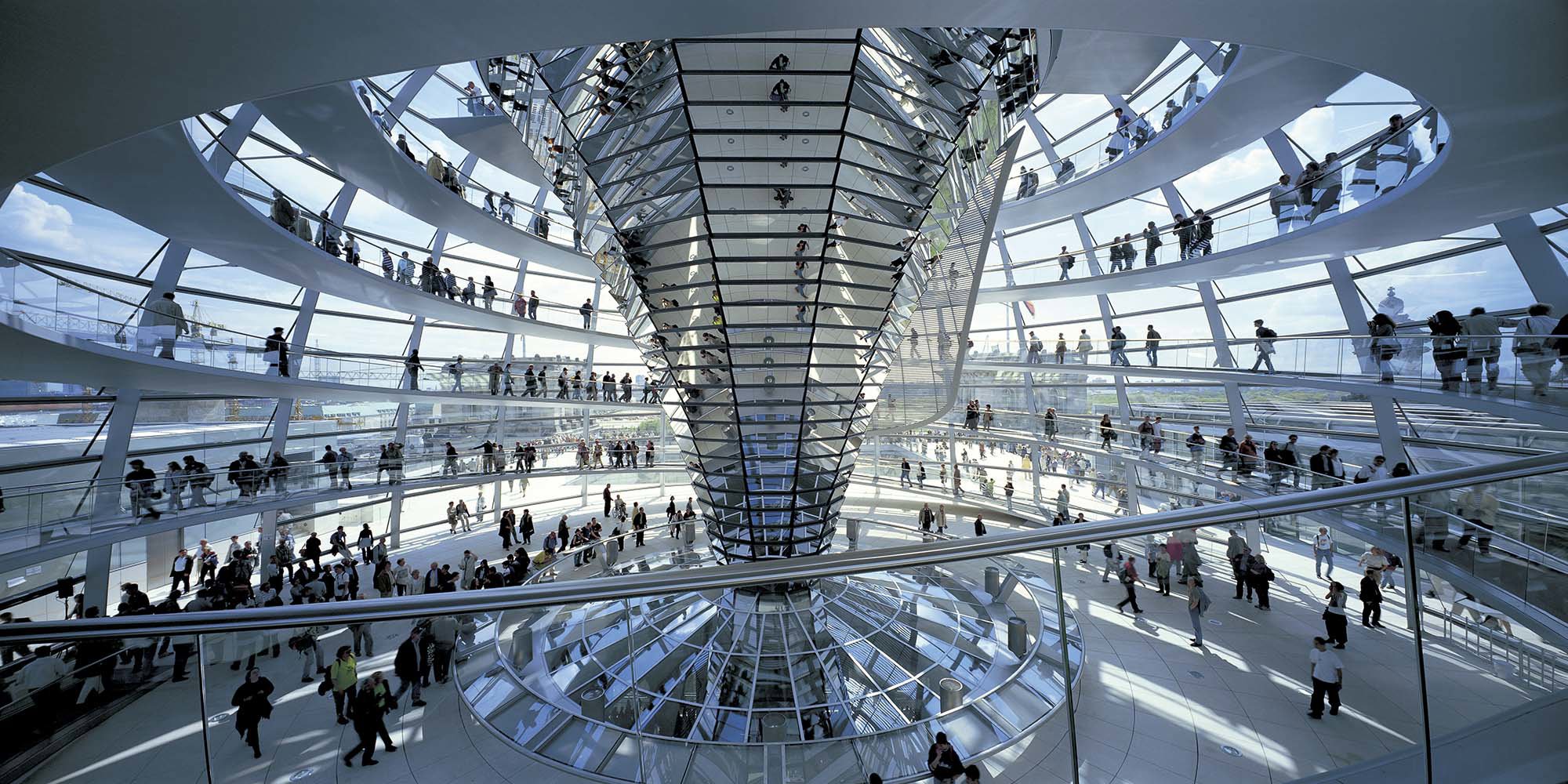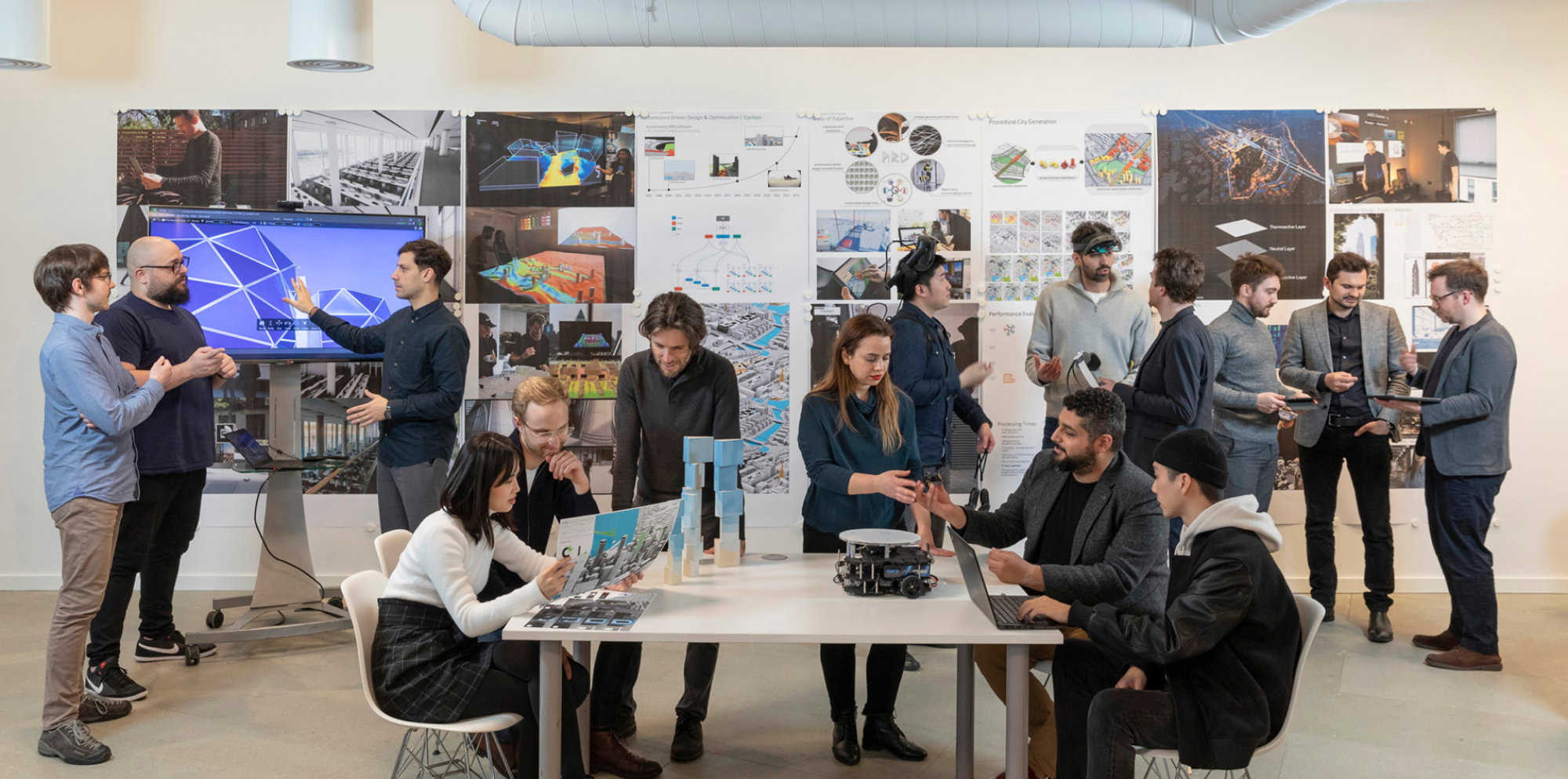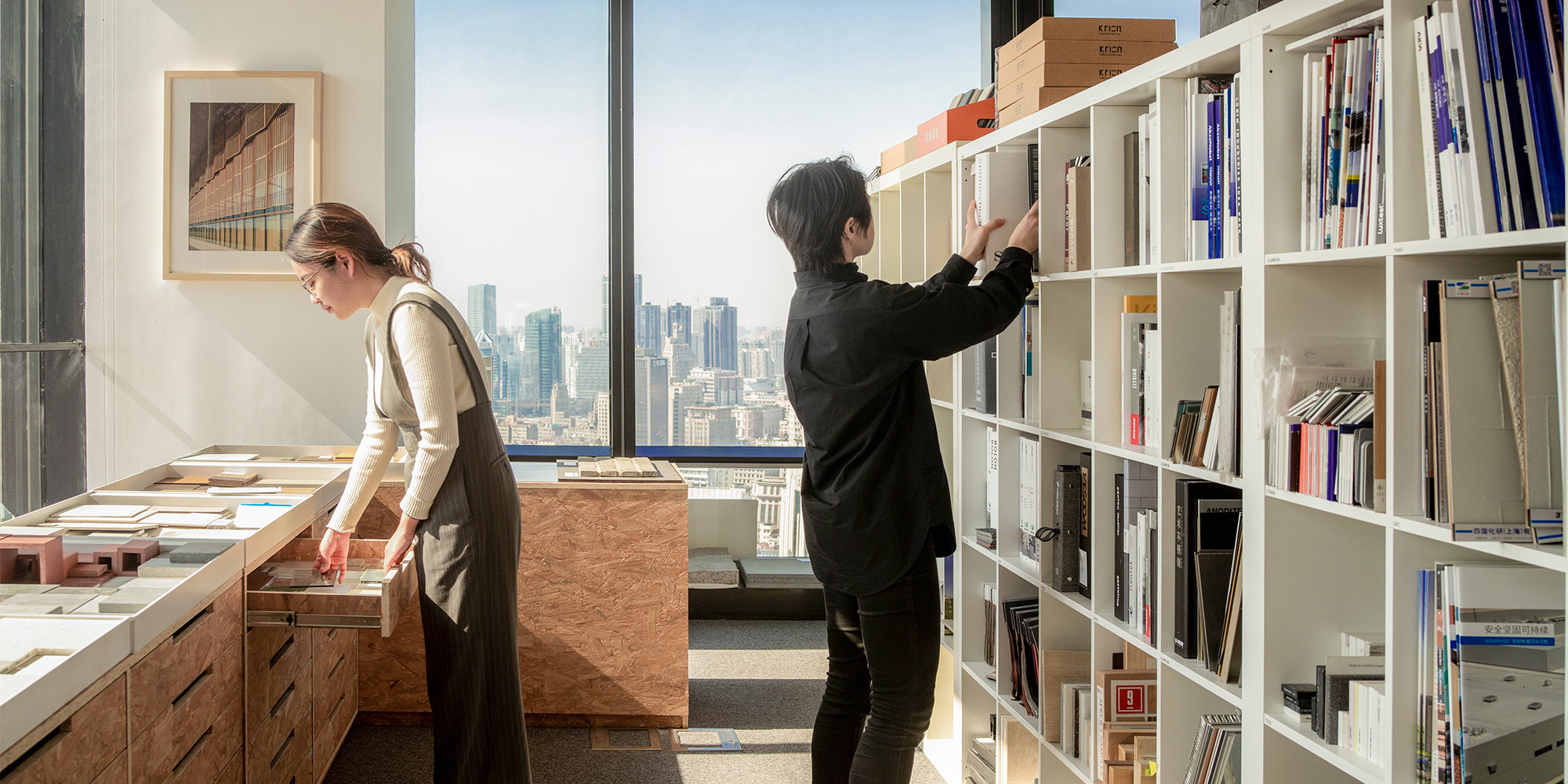The Museum of Fine Arts, Boston today announced the selection of British architect Sir Norman Foster to design a master plan for the expansion and renovation of the Museum. The move comes as part of a 10 year Strategic Plan laying out a vision of transformation for the MFA, across the whole range of its programs and activities.
Sir Norman Foster, 1999 recipient of the Pritzker Architecture Prize, the profession's highest honor, was on hand for the press conference in Boston as Malcolm Rogers, Ann and Graham Gund Director of the MFA, publicly announced the commission. The announcement comes three weeks before the official Pritzker award ceremony scheduled for June 7 in Berlin, site of the architect's most recently completed project, the new German Parliament at the Reichstag.
"We have the confidence to envision for the MFA a future of the highest ambition, and I can't think of a better partner in this endeavor than Sir Norman Foster,"; said Rogers. "We look forward to embarking on what is sure to be an extraordinary collaboration with Foster and Partners. The Museum's expansion will dramatically improve our ability to exhibit, interpret and care for our collections and will further enhance our position as a leading art museum both at home and abroad."
Last year, at the direction of the Board of Trustees and Chairman Robert P. Henderson, an Architect Selection Committee was formed, co-chaired by Board President Frances H. Colburn and Honorary Trustee Graham Gund. In the course of their search, the Committee considered nearly 30 architectural firms, local, national and international, before choosing Foster and Partners.
"We were looking for an internationally recognized firm," said Gund, "which would be able to create a landmark design for the Museum, integrating a modernist aesthetic and state-of-the-art engineering and technology while remaining sympathetic to the environment and to the Museum's existing historic buildings, which are architecturally significant in their own right."
While the full scope and cost of the master plan are yet to be determined, Museum officials expect Foster and Partners to complete their master site plan and early schematic drawings by early 2000. Construction would likely be phased over a number of years, contingent on funding and governmental approvals.
"The Museum of Fine Arts is an institution with an inspiring history, a world-class museum, but it is also vigorous and forward-looking," commented Sir Norman Foster. "I am very excited by the opportunity to formulate a new master plan for its development, one which will help to focus the museum's vision of itself for the 21st century."
In addition to the Reichstag, Foster's high-profile international projects include the new Great Court for the British Museum in London, a rapid transit system for Bilbao, and the Hong Kong international airport terminal, Chek Lap Kok. The MFA project will be the architect's third in the United States, in 1994 he completed a new wing for the Joslyn Museum in Omaha, Nebraska, and will soon finish a medical research laboratory for Stanford University in Palo Alto, California, but this will be his first U.S. commission for a full-scale master plan.
The MFA has seen a number of major expansions in its 130 year history, including most recently the 80,000 square-foot West Wing designed by I.M. Pei, a previous Pritzker Laureate, which was completed in 1981. The exact size and function of any new construction that might be proposed as part of Foster and Partners' master plan has not yet been determined. "The process will determine what it's going to be," said Rogers, "though we know we would like to provide for growth in our collection and its display, for improvements in services to our visitors, and for modernization of our conservation facilities. We want to help further enrich Boston's Avenue of the Arts and the newly designated Fenway Cultural District."
In addition to Museum expansion, the MFA's Strategic Plan, which was approved by the Board of Trustees in December 1997, calls for implementation of several other new initiatives over the next 10 years. To celebrate the turn of the century, the MFA has launched the Millennium Project to assemble, through gifts, purchases, and bequests, a collection of masterworks of 20thcentury and contemporary art. Meanwhile, the opening of the Nagoya/Boston Museum of Fine Arts, the MFA's sister museum in Japan, highlights the Museum's increased emphasis on internationalization.
Under Rogers' leadership, the MFA has built a solid foundation of financial security. Last October the Museum completed a $137 million capital campaign and, under an agreement with the independently operated Nagoya/Boston Museum of Fine Arts, the MFA will receive approximately $50 million in exchange for a series of loan exhibitions over the next 20 years. These funds, however, will not be used for Museum expansion; separate fundraising efforts are planned.
Details on the 1999 Pritzker Architecture Prize can be found at. The Museum of Fine Arts, Boston Web site, offering exhibitions information and press announcements, is located at.
Founded in 1870, the Museum of Fine Arts, Boston is considered one of the world's most comprehensive art museums, recognized for both the scope and quality of its collections. The Museum has an estimated 500,000 objects in its permanent collections, including American decorative arts and sculpture; ancient Egyptian, Nubian and Near Eastern art; the art of Asia; classical art; contemporary art; European decorative arts and sculpture; European and American paintings; prints, drawings and photographs; and textiles and costumes.
The MFA presents approximately 18 special exhibitions and collection rotations a year, featuring works from the permanent collection as well as loans from around the world. The Museum offers a range of educational and public programming, and has a renowned art school, the School of the Museum of Fine Arts, which has been attended by such distinguished contemporary artists as Jim Dine, Cy Twombly, Nan Goldin and Ellsworth Kelly. Visited by more than a million people each year, the Museum has a membership of more than 100,000.
